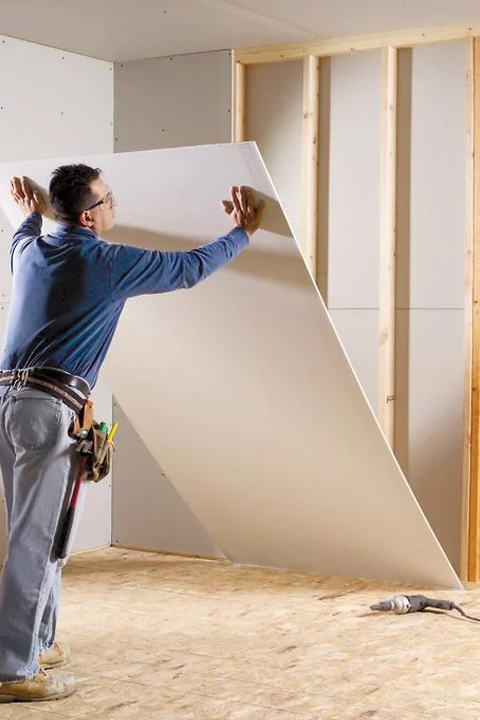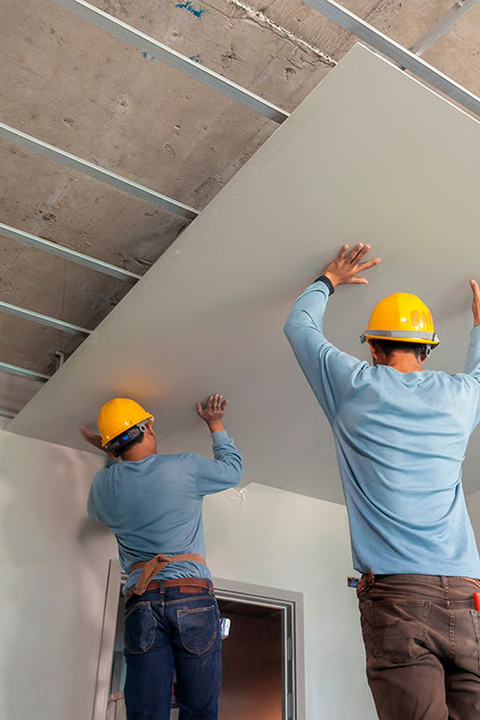ATLANTIDA General Contractor LLC
We specialize in providing top-notch home remodeling and general contracting services.
Contact Us
-

3422 86th St S Lakewood,
WA - 98499 -

Monday to Saturday 8am to 9pm
Following the standard approach to constructing interior walls and ceilings, installing drywall represents a key step in moving from the framing, plumbing, wiring and insulating stages of construction to the finishing stages of the project. Drywall installation is the stage in which a residential or commercial building stops looking like a construction site and starts looking more like a livable and functional space.Before drywall became the widely used product it is today, interior walls and ceilings were made by placing layers of wet plaster over wooden strips (called “laths”). Creating plaster walls required several coats to be applied, with a long drying time prior to final decoration.Today’s modern drywall — which consists of a gypsum core sandwiched between two layers of paper — simplifies the installation process. Gypsum is inherently fire resistant. And based on the type of drywall, it can also provide resistance to abrasion, impact, mold and mildew, while reducing the transmission of sound and providing enhanced indoor air quality.The following glossary covers common drywall terms and definitions.


